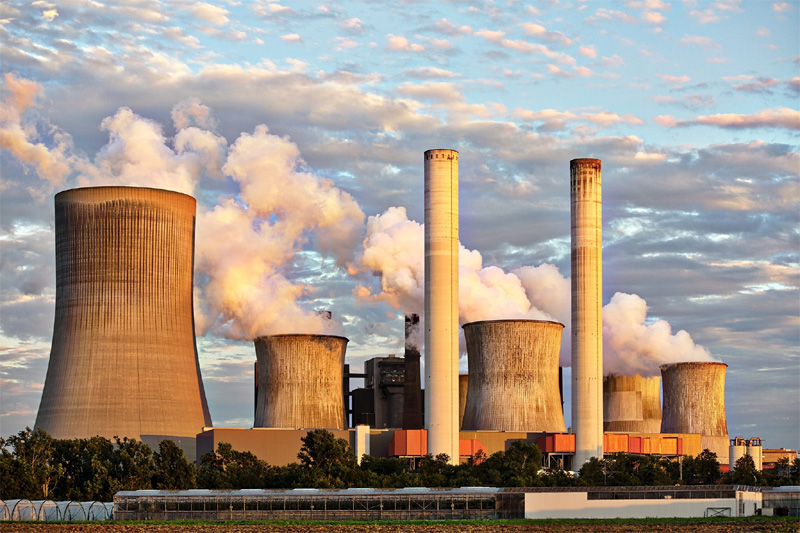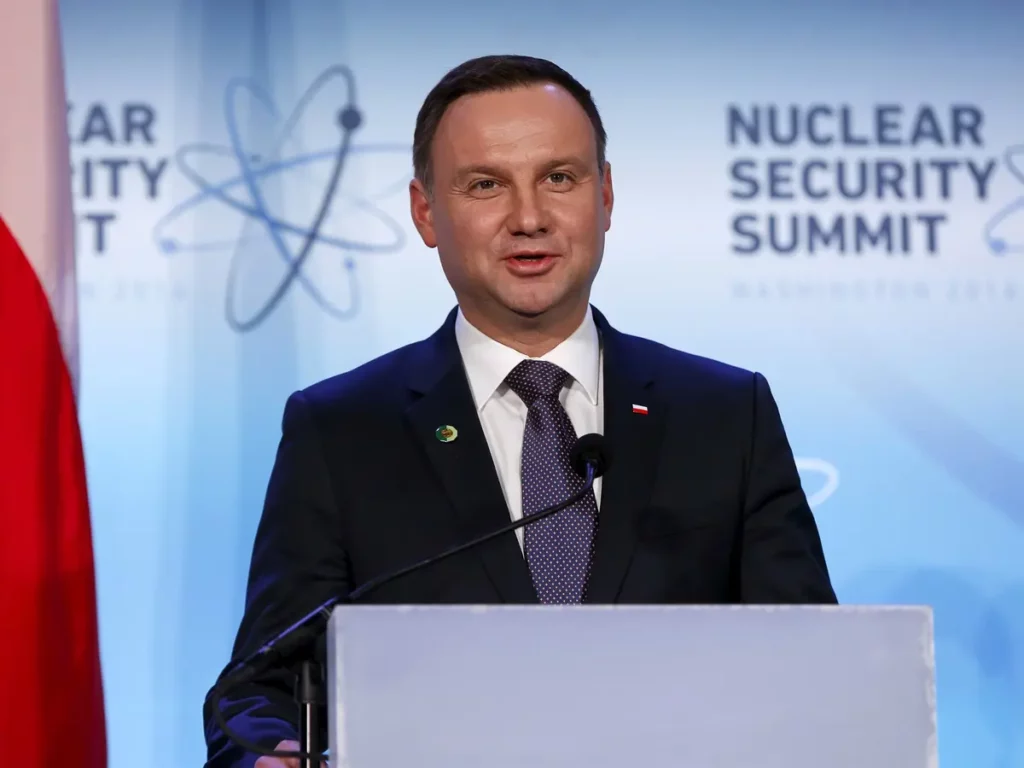1. Poland’s First Nuclear Power Plant: A New Chapter in Energy
Officials from the United States and Poland have recently signed an agreement that paves the way for the development of Poland’s first nuclear power plant. This significant milestone marks the beginning of a new chapter in Poland’s energy landscape. The plant is set to be located in the Pomerania region, close to the Baltic Sea. Prime Minister Mateusz Morawiecki expressed his enthusiasm for the project. Highlighting the potential of nuclear energy as a stable and clean source of power.
Nuclear energy has long been recognized as a reliable and efficient way to generate electricity. It offers several advantages over traditional fossil fuel-based power generation. Including significantly lower greenhouse gas emissions and a reduced dependence on foreign energy sources. As the world continues to grapple with climate change and the need to transition towards more sustainable energy solutions, nuclear power presents itself as a promising option.

2. Addressing Energy Security and Independence
One of the key motivations behind the decision to pursue a nuclear power plant in Poland is to enhance energy security and independence. Currently, Poland heavily relies on coal for its energy needs. Making it susceptible to price fluctuations and the associated geopolitical risks. By diversifying its energy mix and incorporating nuclear power. Poland aims to decrease its dependence on coal and foster greater self-sufficiency.
The strategic location of the planned nuclear power plant near the Baltic Sea makes it ideal for efficiently cooling the reactors, a critical aspect of their operation. Access to a stable and abundant source of cooling water is essential in maintaining the plant’s safety and efficiency. Furthermore, the region’s proximity to major urban centers ensures that the electricity generated by the plant can easily be distributed to meet the growing energy demands of Polish households and industries.

3. Ensuring Safety and Environmental Responsibility
The development of a nuclear power plant requires thorough planning and stringent safety measures. Polish authorities commit to ensuring that the project adheres to the highest international safety standards. They will put in place robust regulations and rigorous inspections to minimize any potential risks associated with nuclear energy.
Furthermore, the plant’s emphasis on environmental responsibility is commendable. Nuclear power is a low-carbon energy source, producing minimal greenhouse gas emissions during operation. By integrating nuclear power into its energy portfolio, Poland can make substantial progress towards meeting its climate targets, reducing air pollution, and mitigating the impacts of climate change.

In conclusion, the signing of the agreement between US and Polish officials marks an important milestone in Poland’s journey towards developing its first nuclear power plant. Prime Minister Mateusz Morawiecki’s vision for a stable and clean energy future reflects the nation’s commitment to secure and sustainable power generation. By diversifying its energy mix, Poland aims to strengthen its energy security and reduce its dependence on coal. The planned nuclear power plant, with its strategic location and focus on safety and environmental responsibility. Offers a promising path towards achieving these objectives. As the project moves forward. Poland has the opportunity to showcase its leadership in sustainable energy and pave the way for a greener future.



